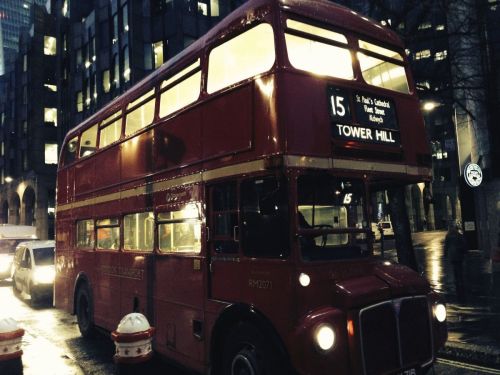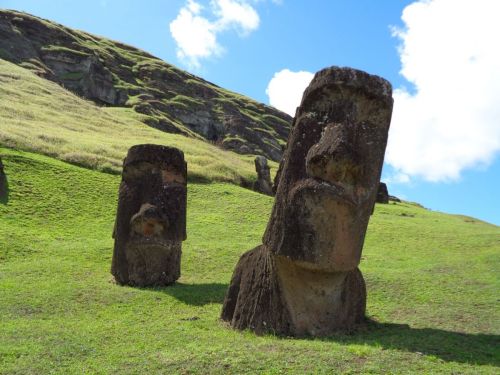The history of Crete goes back thousands of years, and its continuity, as the Greeks say, lies in nature. At every turn, there are traces of the past.
Even during the construction of houses by locals, one comes across remnants of the ancient world, which are most often meticulously buried by them for fear of bureaucracy stopping construction for many years. Crete, the largest of the Greek islands, is home to just over 600.000 people, yet more than three million tourists arrive there every year, attracted by the ideal climate, warm, expansive beaches, excellent cuisine, and historic sites.
It is the largest and most populous island of Greece and the fifth largest island in the Mediterranean, after Sicily, Sardinia, Cyprus, and Corsica. It is the 88th largest island in the world.
It is located about 160 kilometers south of mainland Greece, It is located in the southern part of the Aegean Sea, separating the Aegean Sea from the Libyan Sea.
It reaches 60 kilometers at its widest point and narrows to just 12 kilometers near Lerapetra, a town on the southeastern coast.
It is formed by six different mountain ranges:
Summer in Crete lasts the longest in all of Greece. Summer temperatures there reach up to 38 degrees Celsius.
Lake Voulismeni, which lies on the coast, was formerly a freshwater lake but is now connected to the sea. There are three artificial lakes formed by dams: Aposelemis Dam, Potamos Dam, and Mpramiana Dam.
One of the most spectacular unique places in Crete is the Kuraliotiko waterfall, located in the gorge of the same name. The waterfall is about 40 meters high.
Many of them are accessible to tourists, some only to archaeologists and biologists. Some are ecologically protected. These include:
Fifteen million years ago it was part of continental Europe. The western parts of the island are an extension of the Dinaric Mountains. The island is in constant motion and is currently moving southward at a rate of about a centimeter every 250 years - that’s how far Africa is moving away from Europe.
Since its inception, this plate has been pushing against the African plate, which covers Africa and much of the South Atlantic and Indian Ocean. This thrust, the friction that occurs is the cause of frequent earthquakes.
In ancient Egypt, it was known as Keftiu, which strongly suggests the Minoan name of the island. The current name was first attested in Mycenaean Greek texts in the 15th century BC. In ancient Greece, the name Crete first appeared in Homer’s “Odyssey.”
The earliest buildings were built of fired bricks, later dried clay or stone. People mainly cultivated the land and raised animals (cattle, sheep, goats, pigs, dogs, cereals, and legumes).
Some buildings from this period already had two stories. Gold jewelry appeared in the graves found.
The Minoans are one of the symbols of Crete. They probably came to the island from Asia Minor and settled there long before the appearance of the Greeks.
They covered the walls with colorful frescoes decorated with images of dolphins, monkeys. They were also excellent at navigating the Mediterranean by boat, which gave them an advantage in this body of water. They did not build defensive walls or sculptures of warriors. They did not leave behind heroic epics, but they did leave paintings depicting images of women with bare breasts and men performing astonishing acrobatics over the back of cattle.
The Minoans developed trade in the eastern Mediterranean to Sicily and the Aeolian Islands.
All existing palaces on Crete dating from earlier periods were destroyed by the end of the 14th century BC. This was probably done by the Dorians, a Greek people who occupied most of the island during the classical period.
In 395 Crete became part of the Byzantine Empire. From the 9th to the second half of the 10th century it was captured by the Venetians, who ruled the island until the Ottoman conquest in 1669. A Greek uprising and declaration of independence followed, but Turkey soon regained control of the island. For 22 years in the 19th century, Crete belonged to Egypt. In 1898 it became an autonomous republic under the protectorate of the Ottoman Empire.
On 13th May, 1913, Crete was incorporated into Greece.
The battle claimed more than 11.000 soldiers and civilians killed or wounded. German firing squads carried out mass executions of civilians in this and later actions. Two German generals were tried and executed after the war for their involvement in the killing of 3000 islanders.
Heraklion was the capital of Crete from Byzantine times until 1989. For 73 years Chania was the island’s capital, only to have Heraklion become it again in 1971.
For tourists is mainly the northern coast of the island, where infrastructure, hotels, and beaches are well developed. Crete has two main airports suitable for landing large passenger aircraft. These are the airports in Heraklion and Chania.
Men in that area of the island wear black shirts and dark scarves on their heads (almost all of them). Such attire is a symbol of the struggle for freedom. The mountainous regions of Crete have always been a point of armed resistance against invaders.
Reportedly, €1.5 million was revealed in the bank account of one shepherd, which unfortunately he could not document in any way.












